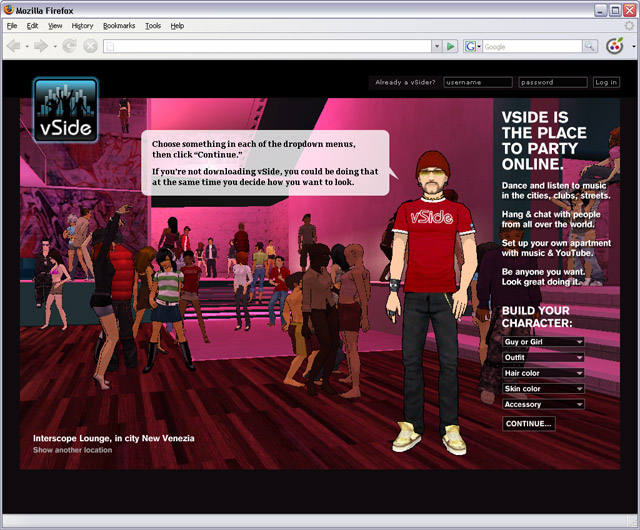
More importantly, real world courts would now be sought as a venue of last resort if an aggrieving player pierces the virtual veil (the "PVV"). Thus, I have proposed a two-tiered justice system: the In-Game Justice System (the "IGJ") and the Real World Justice System (the "RWJ") to provide a potential means of resolving in-game disputes using various real world theories of law and judicial proceedings. As this paper demonstrates, parties face major obstacles in the real world attempting to resolve in-game disputes. From the abstract: "Though the real world is attempting to recognize in-game property rights to provide relief, it is not the viable solution some may think. about the resolution of disputes within (and without) VWs. In Part IV, we examine the issue of contributory trademark infringement.įarnaz Alemi, an associate at the law firm of Latham & Watkins, has just published a piece in UCLA J. In Part III, we consider the circumstances where trademark infringement may occur in virtual worlds by discussing questions of use, confusion, dilution and fair use. In Part II, we look at the various business models of contemporary virtual worlds and how commerce takes place within them. In Part I, we consider how trademark infringement in virtual worlds resembles and differs from trademark infringement in other media. In this article, we discuss how trademark law might apply to virtual worlds and virtual economies. You can find the current draft here on SSRN. So, when I was recently invited by the Santa Clara Computer and High Technology Law Journal to write about user-generated content and virtual worlds for a Symposium, I decided to write a short overview of the topic of Virtual Trademarks with Candy Dougherty. In the past year, there have been many developments on this front, including the Eros lawsuits in Second Life and more attention from legal practitioners (see this from WIPO). However, that's the current state of avatar gesture in virtual worlds.Ĭontinue reading "Is 'Free Gesticulation' For Avatars Here Yet?" »Ībout a year and a half ago, I pointed out some commentary on trademark law in virtual worlds. Imagine if text chat were like this? What if you could only send chat messages by selecting them from a pre-specified library of phrases (like chat between strangers in ToonTown)? This would be severely limiting in terms of communication and expression. With 3D cameras and real-time motion-capture techniques, " Players could use their own bodies and faces as joysticks in puppeteering their avatars."Ĭurrently in MMOs, gesture and facial expression are limited to a pre-specified library of commands (/bow, /wave, /point, /smile, /wink, etc.).
Vside forums new community staff andrek free#
As I've written about before, avatars will never be fully expressive until they are enabled with free gesticulation. The new possibilities they create for 3D avatar control. Now I don't know if gestural interfaces will revolutionize computing in general, but I'm very excited about

Vside forums new community staff andrek plus#
cameras plus an infrared depth sensor - for only $39! (Not sure if he was talkingĪ couple of years ago, when Richard Marks of the Sony EyeToy team visited PARC and demonstrated their "real-time motion capture" for games, he said 3D cameras still cost $20,000! I was especially excited when he said you can (almost) buy "3D webcams"

I attended the Metaverse Roadmap workshop last week at Stanford, and I was pleased to hear Mitch Kapor touting the benefits of gestural input for virtual worlds (see Dan's blog post).


 0 kommentar(er)
0 kommentar(er)
